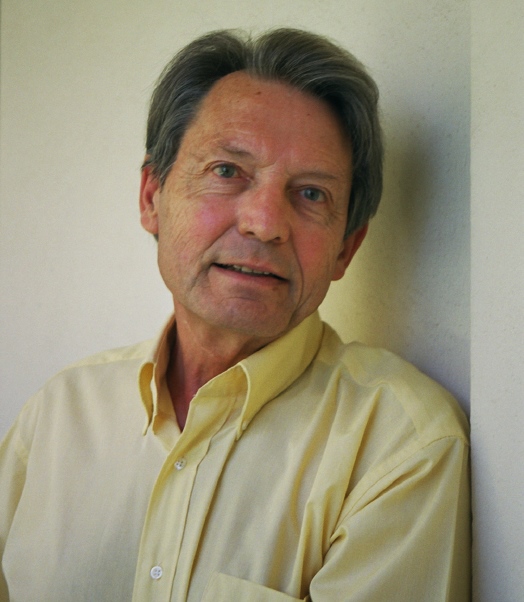Jean-Claude Risset

2005 (photo Rozenn Risset)
Jean-Claude Risset (13 March 1938, in Le Puy-en-Velay, France) is a French composer, best known for his pioneering contributions to computer music. He is a former student of André Jolivet and former co-worker of Max Mathews at Bell Labs.
Arriving at Bell Labs, New Jersey in 1964, he used Max Mathews' MUSIC IV software to digitally recreate the sounds of brass instruments. He made digital recordings of trumpet tones and tudied their timbral composition using "pitch-synchronous" spectrum analysis tools. Through "analysis by synthesis", he revealed an important cue : their spectra increase in high-frequency energy with loudness.
Risset created a continuous version of Roger Shepard's ever-ascending chromatic scale as well as tones going up in pitch but ending lower than they began. Following Kenneth Knowlton, he created similar effects with rhythm. He explored the use of additive synthesis to synthesize various timbres and to compose sounds themselves. The data permiiting to replicate these synthetic sounds can be found in his 1969 sound catalog.
Risset also implemented in 1989 at MIT Media Lab the first real-time performance interaction with a computer-controlled acoustic piano.


